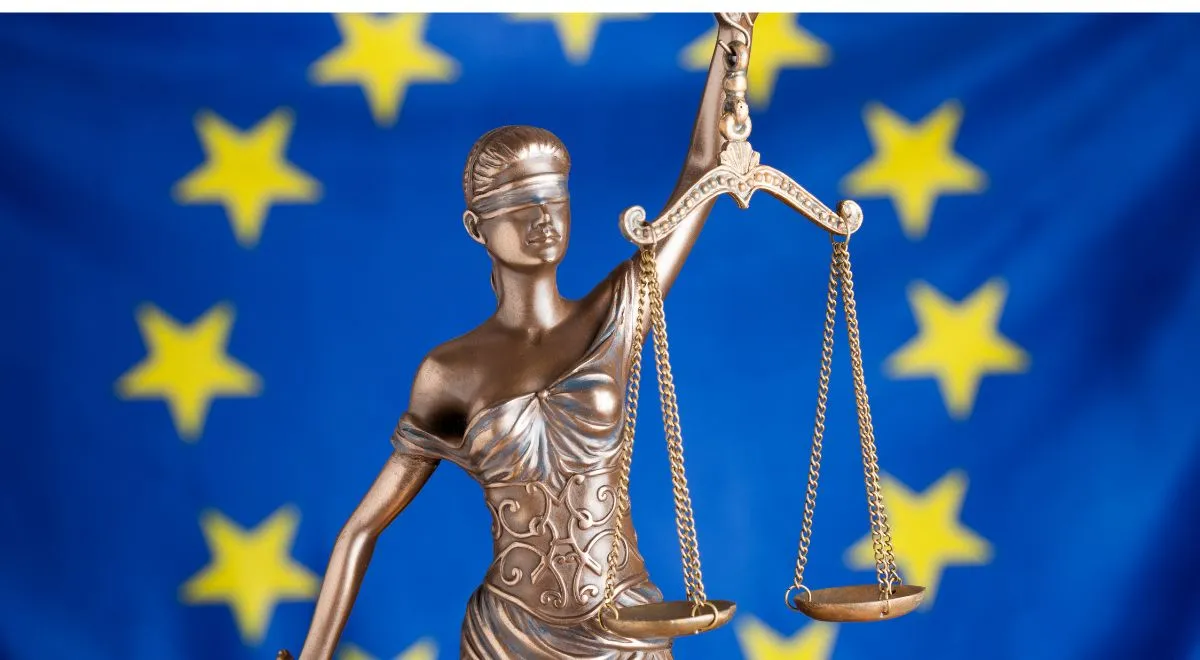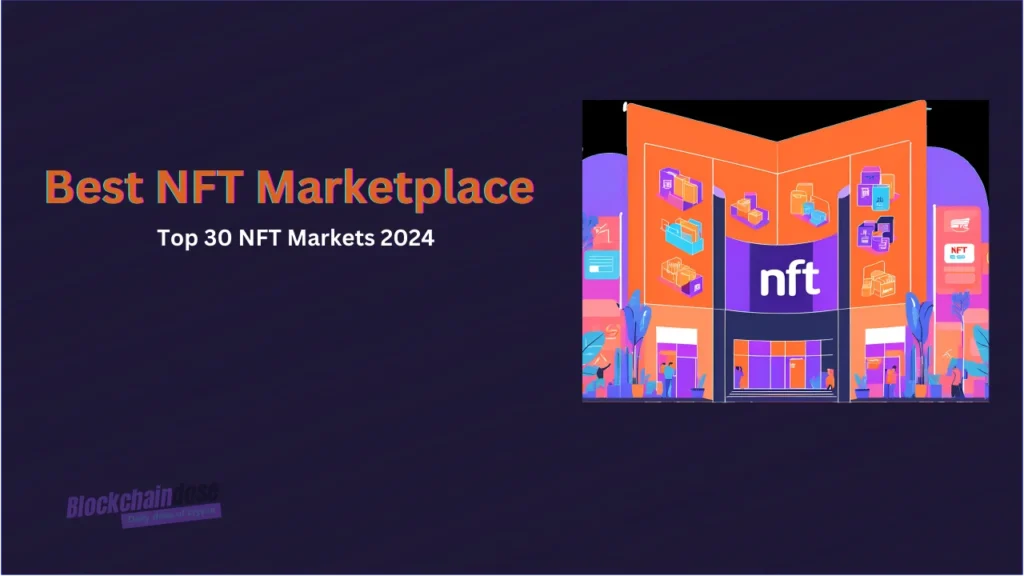The Markets in Crypto-Assets (Mica) regulation stands as a groundbreaking initiative within the European Union, reflecting the region’s commitment to navigating the complex landscape of cryptocurrencies and digital assets. As the digital economy continues to evolve, Mica serves as a strategic response to the challenges and uncertainties that have characterized the regulation of crypto-assets within the EU. In essence, Mica aims to establish a clear and comprehensive framework to govern the market of crypto-assets. As the adoption of blockchain technology and digital currencies accelerates, regulatory bodies recognize the pressing need for a robust and adaptable regulatory infrastructure. Mica positions itself as a key instrument in providing legal clarity, instilling confidence, and fostering responsible innovation within the crypto space.
The introduction of Mica is not only a testament to the EU’s proactive approach to emerging technologies but also a reflection of the dynamic nature of the crypto industry. This regulation is poised to play a pivotal role in shaping the future of digital finance within the EU, offering a framework that not only protects consumers but also promotes the responsible growth of crypto-assets.
Background of MiCA
In the ever-evolving landscape of digital currencies, understanding the rules of the crypto game has been like solving a puzzle missing some key pieces. Before the introduction of the Markets in Crypto-Assets (Mica) framework, the European Union faced a significant challenge – the absence of clear and comprehensive guidelines for navigating the crypto space.
The lack of clear rules also made it easy for some bad actors to do shady stuff in the crypto world, like scams and tricks. This made it hard for everyone – from regular people to big companies – to feel confident and secure in the crypto space.
The EU realized they needed better rules to make crypto safer and more reliable. That’s where Mica comes in. It’s like a set of guidelines that aims to fix the problems we had before. It’s not just about saying “no” to things – it’s also about encouraging good ideas and making sure everyone plays fair.

So, when we talk about Mica, we’re really talking about the EU trying to make things better in the world of crypto. It’s their way of saying, “Hey, let’s have some clear and fair rules so everyone can use crypto without worrying too much.” Understanding Mica means understanding why the EU felt the need to step in and bring some order to the sometimes confusing world of digital money.
What is MiCA?
MiCA, which refers to Markets in Crypto-Assets, is an idea for regulation that tries to provide extensive guidelines for trading platforms, service providers, and issuers of crypto-assets operating within the European Union. Its primary objective is to provide a unified regulatory framework that will protect consumers, maintain market integrity, and ensure financial stability for cryptocurrencies as well as other digital assets.
While there is currently no single, comprehensive regulatory framework governing cryptocurrency, the EU’s Anti-Money Laundering Directive (AMLD), which is currently in its sixth revision, has included some significant steps for establishing and controlling virtual assets. MiCA seeks to provide increased legal assurance to the usage of crypto-assets inside the EU. This lack of transparency has resulted in a fragmented market, limiting the further development of the crypto business in Europe.
MiCA aims to protect consumers from possible dangers connected with crypto-assets. It creates a level competition for everyone in the market by setting clear rules and standards. The primary objective of MiCA is to prevent the misuse of cryptocurrency for activities like terrorist funding and money laundering. It does so by enforcing strict regulations on counter-terrorist financing (CTF) and anti-money laundering (AML). MiCA wants to keep people safe, make sure everyone follows the same rules, and stop bad actors from using crypto for illegal activities like funding terrorism or laundering money.
Key Components of MiCA
It is important to break down Mica’s essential elements in order to understand its fundamental principles and how it is revolutionizing the cryptocurrency space in the European Union. Mica, which stands for Markets in Crypto-Assets, is an advanced structure created to handle the particular difficulties brought about by the wide realm of digital assets rather than a one-size-fits-all approach.
1.Categorization of Digital Assets:
Mica begins by outlining a systematic classification of various digital assets. This classification is essential for bringing clarity and assuring that various kinds of crypto-assets are recognized and controlled correctly. Mica seeks to differentiate between e-money tokens, utility tokens, and other virtual currencies in order to develop a more accurate and customized legal framework.
2.Issuer Obligations:
Mica places a set of responsibilities on those issuing digital assets. This includes requirements related to transparency, disclosure, and communication with authorities. By establishing clear obligations for issuers, Mica seeks to enhance accountability and protect the interests of investors and users.

3.Crypto Service Providers:
The regulation also extends its reach to crypto service providers, such as exchanges and wallet providers. Mica outlines specific rules to govern these entities, addressing issues related to licensing, operational standards, and customer due diligence. This component aims to grow a secure and reliable ecosystem for crypto transactions.
4.White Papers and Disclosures:
Mica emphasizes the importance of transparent communication through the requirement of detailed white papers and disclosures. Issuers are mandated to provide comprehensive information about their projects, helping potential investors make informed decisions. This transparency contributes to building trust within the crypto community.
5.Consumer Protection Measures:
Recognizing the need to safeguard consumers, Mica provides measures to protect users of crypto services. This includes ensuring clear and understandable information, as well as mechanisms for handling complaints. The focus on consumer protection aims to build confidence in the crypto market and mitigate risks for individual users.
6.Supervision and Enforcement:
Mica establishes a framework for supervision and enforcement by competent authorities within the EU. This involves overseeing compliance with the regulation, investigating potential violations, and imposing sanctions when necessary. The enforcement mechanisms are designed to ensure the effectiveness of the regulatory framework.
Implementation of MiCA
On June 9, 2023, the European Union’s Official Journal published the European MiCA rule. Although its legal provisions must be applied by December 30, 2024, it came into effect 20 days later. A few clauses, mostly those related to stable coins, take effect earlier—that is, on June 30, 2024.
MiCA Covering Crypto Assets
The Markets in Crypto-Assets (MiCA) regulation is designed to cover a wide range of crypto-assets to ensure a comprehensive regulatory framework within the European Union. The regulation distinguishes between various categories of crypto-assets, each subject to specific rules and requirements. The main categories include:
1.Asset-Referred Tokens (ARTs):
These are tokens that are linked to specific assets, such as commodities, real estate, or fiat currency. The value of the token is directly tied to the value of the underlying asset.
2.Electronic Money Tokens (EMTs):
Tokens that represent a claim on the issuer and are designed to be used as a medium of exchange. These tokens have characteristics similar to electronic money and are subject to specific regulations.
3.Utility Tokens:
Tokens that provide digital access rights to a specific application or service, often within a blockchain platform. These tokens are not designed as an investment and typically grant the holder access to a product or service.
4.Significant Asset-Referenced Tokens (SARTs):
Tokens that are not covered by the definition of ARTs but are still considered significant in terms of market capitalization and usage. They may pose specific risks due to their size or importance in the market.
5.Stablecoins:
These are tokens designed to maintain a stable value by pegging it to a reserve of assets, often traditional fiat currencies or commodities. They actively aim to reduce volatility and serve various purposes, including functioning as a means of payment.
6.Other Tokens with a Similar Function:
MiCA also covers tokens with a similar function to the categories mentioned above, ensuring that the regulation can adapt to emerging trends and innovations in the crypto space.
MiCA aims to offer a flexible framework, adapting to tech changes and shifts in the crypto world. The regulation outlines clear requirements for issuers, service providers, and others involved in crypto. Its goal is to protect consumers, maintain market integrity, and ensure financial stability. The specifics of MiCA and the assets it covers might change, so it’s wise to stay updated. Check the latest developments and official documents for the most current information on MiCA.
Impact on Crypto Market Participants
Understanding the complete scope of the Markets in Crypto-Assets (MiCA) regulation requires a detailed analysis of its significant impact on the wide range of participants in the cryptocurrency market. It’s like a ripple effect, touching different parts of the market. Here is a brief overview:
- Crypto Exchanges: MiCA has new rules for places where you trade your digital money. These platforms need to follow certain standards to keep your transactions safe and follow the law.
- Token Issuers: People creating digital money need to be clear and follow specific rules under MiCA. It’s about making sure they tell you everything you need to know, keeping them accountable and protecting your interests.
- Wallet Providers: If you use a digital wallet, MiCA has rules for the companies providing these services. They need to follow certain standards to make sure your digital money stays safe and everything works as it should.
- Investors and Consumers: MiCA looks out for you if you’re putting your money into digital assets. It wants companies to give you clear information so you can make good choices. If something doesn’t go right, you can also complain, ensuring fair treatment.
- Market Analysts and Advisors: MiCA also affects people who give advice on digital money. It wants them to be clear and honest in their recommendations. It also makes sure everyone has the right information to make good decisions.
- Regulatory Authorities: MiCA gives power to the people who make sure everyone follows the rules. These authorities watch over the market, investigate problems, and make sure everyone plays fair. It’s like having referees in a game to make sure it’s fair for everyone.
Potential Challenges
| Challenges | Description |
| Innovation vs. Regulation Dilemma | Creating a balance between encouraging innovation and implementing necessary regulations without stopping creativity and development in the crypto space. |
| Decentralization and Enforcement | Difficulties in enforcing regulations due to the decentralized nature of many blockchain projects, leading to potential gaps in oversight and accountability. |
| Adaptability to Technological Evolution | Concerns that regulatory frameworks may struggle to keep up with the rapid evolution of cryptocurrency and blockchain technology, potentially becoming outdated. |
| Global Coordination | Challenges associated with different in regulations between governments, limiting global coordination and potentially creating confusion in the crypto industry. |
| Accessibility Concerns | Balancing user protection with inclusivity, ensuring that regulatory requirements do not disproportionately impact smaller projects and limit accessibility in the crypto space. |
| Understanding Crypto Complexity | The complexity of cryptocurrencies and blockchain technology may pose challenges for regulatory bodies in fully understanding the functionality of different crypto assets. |
| Potential Impact on Privacy | Stricter identification and verification requirements may give rise to concerns about user privacy, raising questions about preserving users’ privacy rights. |
| Risk of Driving Innovation Away | Strict regulations might lead to innovative projects seeking more favorable regulatory environments outside the European Union, potentially impacting EU competitiveness. |
Conclusion
MiCA regulation in the European Union aims to bring order to the evolving crypto world. It’s praised for giving clear rules and protecting investors, but people are debating if it might slow down the creative side of crypto. There’s a challenge in getting everyone globally on the same page with rules. While keeping users safe is a priority, some worry that the rules could make it harder for smaller projects to thrive. MiCA needs to keep up with fast tech changes and balance security with keeping people’s info private. Some are concerned it might push creative minds away from the EU. As MiCA moves forward, it’s crucial to listen to different voices and tweak the rules to make sure they help crypto grow in a good way for everyone.
FAQ
1. Why does the EU want rules for digital money?
The EU wants clear rules to make digital money safer for people and encourage fair play in the crypto world.
2. How does MiCA affect regular people using digital money?
MiCA aims to protect people using digital money. It makes sure they have good info and a way to complain if something goes wrong.
3. Does MiCA impact companies making digital money?
Yes, MiCA sets rules for companies making digital money. It wants them to be clear about what they’re doing and follow certain standards.
4. Will MiCA make it harder for small projects in crypto?
There are worries that MiCA’s rules might make it tough for smaller projects. But discussions are ongoing to find the right balance.
5. What’s the deal with user privacy and MiCA?
MiCA tries to balance keeping things secure with protecting users’ privacy. It’s like making sure your information is safe but not giving away too much.
6. Does MiCA apply the same rules everywhere?
MiCA is for the EU, so it’s like one set of rules for all EU countries. But it’s a challenge to make sure everyone agrees and follows the same rules.
7. Will MiCA make crypto better or push people away?
This is a big debate. Some think MiCA will make crypto safer and better. Others worry it might make people leave the EU for friendlier rules.
8. How can people give their opinions on MiCA?
The EU wants to hear from everyone – regular folks, companies, and experts. They’re open to feedback to make sure MiCA works well for everyone.




